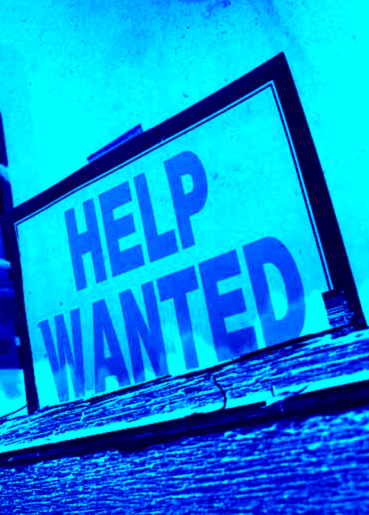Jobless drop reported
 The unemployment rate has fallen because fewer people are looking for jobs.
The unemployment rate has fallen because fewer people are looking for jobs.
The official unemployment rate fell by 0.1 to 3.4 per cent in the month to July, according to stats this week.
The Australian Bureau of Statistics (ABS) estimates that 40,900 jobs were lost in the month.
“This is the first fall in employment since October 2021, following the easing of restrictions after the Delta lockdowns in late 2021,” ABS head of labour statistics Bjorn Jarvis says.
A falling participation rate has caused the unemployment rate to decline, with the proportion of Australians either in work or actively looking for a job down from a record high of 66.8 per cent in June to 66.4 per cent last month.
The drop in the number of people looking for work outweighs the fall in jobs.
The ABS stats are based on people actively looking for work to count as unemployed, which is why the jobless rate is down even though there are fewer Australians in work.
Hours worked fell 0.8 per cent last month, but there are some hints that the jobs market remains relatively strong.
“The fall in unemployment in July reflects an increasingly tight labour market, including high job vacancies and ongoing labour shortages, resulting in the lowest unemployment rate since August 1974,” Mr Jarvis says.
“In July, there were fewer unemployed people (474,000) than there were job vacancies (480,000 in May).”
AMP Capital senior economist Diana Mousina says it is also a sign that the jobs market is near its peak.
“I think we're probably at that tipping point at the moment where the survey data — the consumer sentiment figures, business confidence numbers, leading indicators — are all starting to slow down,” she told reporters this week.
“Some of the leading indicators of employment growth have started to weaken as well, like hiring intentions, job vacancies.
“They're still running at a high level, but we were expecting to see some slowing in jobs growth, but I wasn't expecting to see a contraction.”
Wages rose at their fastest rate in almost eight years in the June quarter, but are still well behind the rate of inflation.
Employment Minister Tony Burke says such low unemployment would have created more upward pressure on wages in the past.
“If you look historically at the numbers we have now, there is clearly something broken in the system,” he told reporters.
“The hydraulic pressure of unemployment being low [creating] upward pressure on wages, the pressure is still there.
“But it’s coming through in pipes that have all sorts of leaks coming out of them.”







 Print
Print